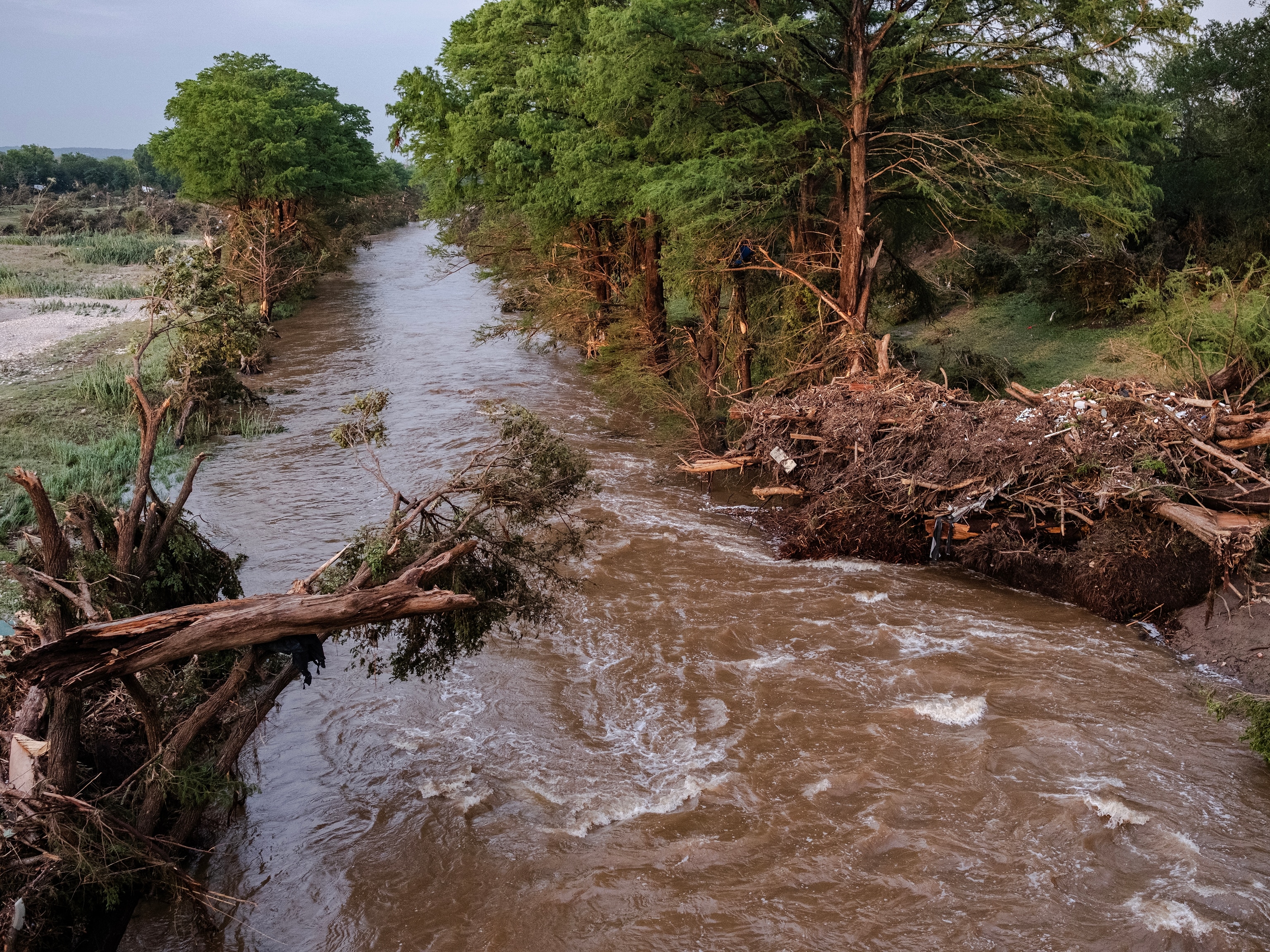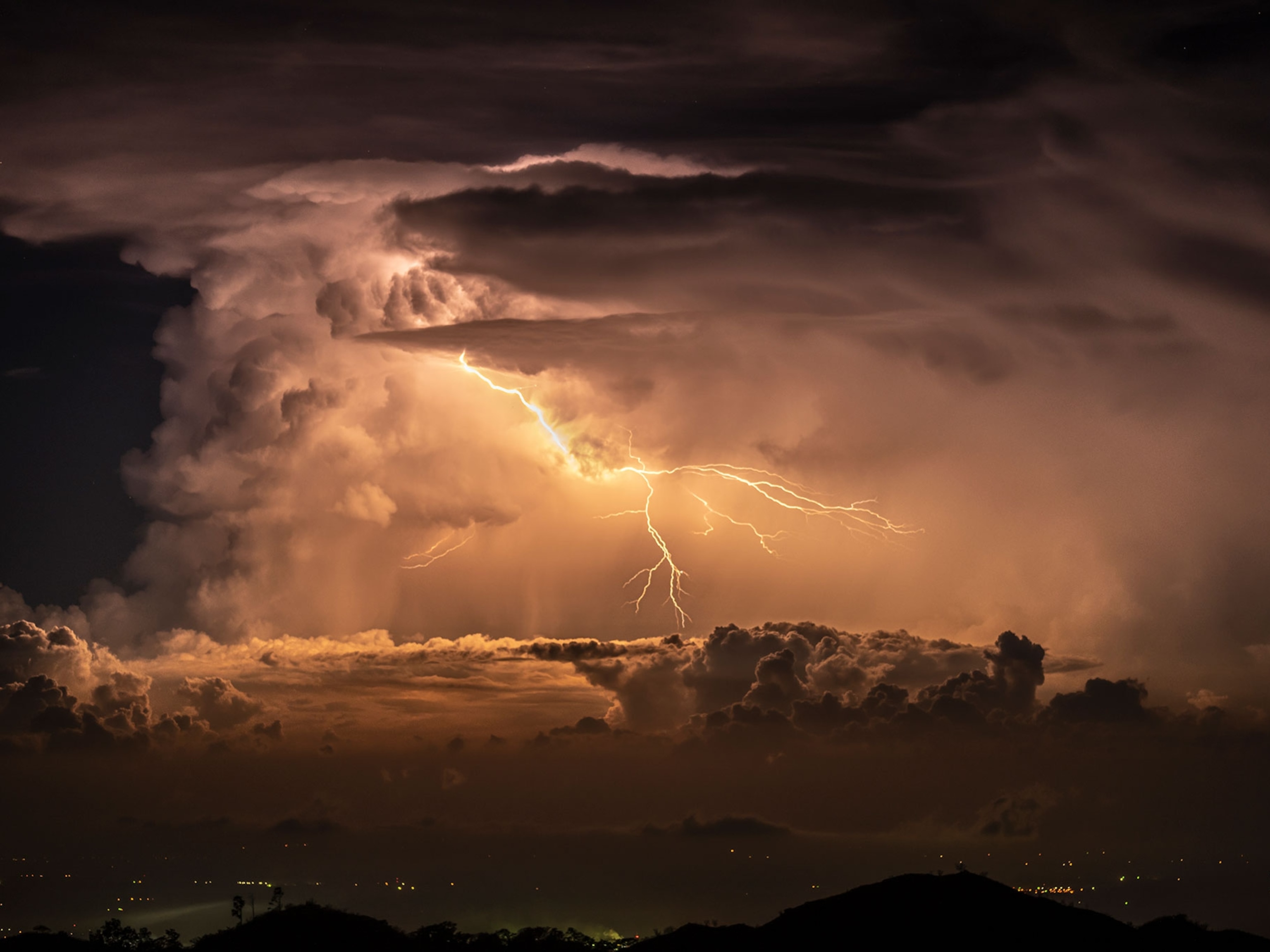
New Planet May Be Among Most Earthlike—Weather Permitting
Alien world could host liquid water if it has 50 percent cloud cover, study says.
A new planet found about 36 light-years away could be one of the most Earthlike worlds yet—if it has enough clouds, a new study says.
The unpoetically named HD85512b was discovered orbiting an orange dwarf star in the constellation Vela. Astronomers found the planet using the European Southern Observatory's High Accuracy Radial velocity Planet Searcher, or HARPS, instrument in Chile.
Radial velocity is a planet-hunting technique that looks for wobbles in a star's light, which can indicate the gravitational tugs of orbiting worlds.
The HARPS data show that the planet is 3.6 times the mass of Earth, and the new world orbits its parent star at just the right distance for water to be liquid on the planet's surface—a trait scientists believe is crucial for life as we know it.
(Related: "NASA Finds Smallest Earthlike Planet Outside Solar System.")
"The distance is exactly the limit where you want to be to have liquid water," said study leader Lisa Kaltenegger of the Harvard-Smithsonian Center for Astrophysics and the Max Planck Institute for Astronomy.
"If you scale it to our system, it's a bit further out than Venus is to our sun." At that distance, the planet likely receives a bit more solar energy from its star than Earth does from the sun. (Explore an interactive solar system.)
But Kaltenegger and colleagues calculate that a cloud cover of at least 50 percent would reflect enough of the energy back into space to prevent overheating.
On average, Earth has 60 percent cloud cover, so partly cloudy skies on HD85512b are "not out of the question," she said.
Of course, clouds of water vapor depend on the presence of an atmosphere similar to Earth's, something that can't be detected on such distant planets with current instruments.
Models of planet formation predict that planets with more than ten times Earth's mass should have atmospheres dominated by hydrogen and helium, Kaltenegger said. Less massive worlds—including HD85512b—are more likely to have Earthlike atmospheres, made mostly of nitrogen and oxygen.
(Related: "Saturn Moon Has Oxygen Atmosphere.")
New World "A Strong Candidate" for Habitability
So far, the newly detected planet is only the second rocky world outside our solar system to be confirmed in its star's habitable zone—the region around a star that's not too hot and not too cold for liquid water.
The other contender, planet Gliese 581d, was previously discovered using the HARPS instrument. This world lies just on the cool edge of its star's habitable zone. (See "Most Earthlike Planet Yet Found May Have Liquid Oceans.")
Another promising planet, Gliese 581g, was discovered in 2010 and dubbed the most Earthlike planet yet. But controversy surrounds the claim, with some experts declaring that the entire planet is actually a data glitch.
Manfred Cuntz, director of the astronomy program at the University of Texas, Arlington, noted that more information is needed before anyone can speculate whether aliens are wandering around the newfound planet.
"It's not their fault no extra information [about the planet's atmosphere] is available right now," Cuntz said of the research team. "It looks like this is a strong candidate, in principle."
In addition to size and location, HD85512b has two other points in its favor for potentially harboring life, Cuntz said.
The planet's orbit is nearly circular, which would provide a stable climate, and its parent star, HD85512, is older—and therefore less active—than our sun, which would lower the likelihood of electromagnetic storms damaging the planet's atmosphere.
(See "'Nightmare' Star Flares Dim Odds for Alien Life?")
Not only that, but in principle, the age of the system—5.6 billion years—"gives life a chance to originate and develop," he said. By contrast, our own solar system is thought to be about 4.6 billion years old.
New Planet a Great Place for Yoga?
Given current limits on space travel, it's unlikely for now that humans will get to visit HD85512b.
But if we could get there, the newfound planet might seem like a fairly alien world: muggy, hot, and with a gravity 1.4 times that of Earth's, study leader Kaltenegger said.
On the bright side, "hot yoga might be one of the things you don't have to pay for there," she quipped.
The paper describing HD85512b appears online at arXiv.org and has been accepted for publication in the journal Astronomy and Astrophysics.
Also see "New Planet Discovered: First Spotted Outside Our Galaxy" >>





